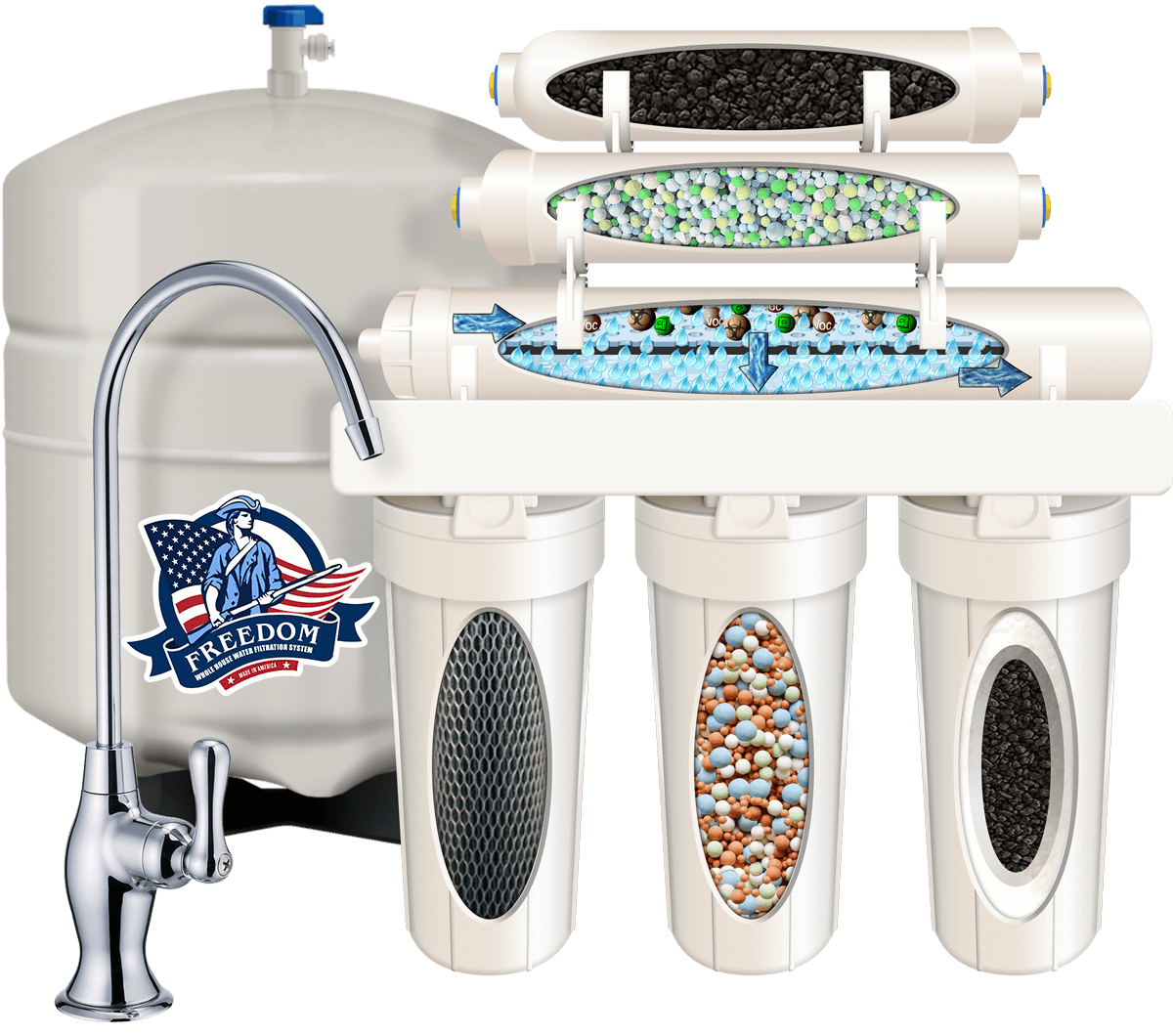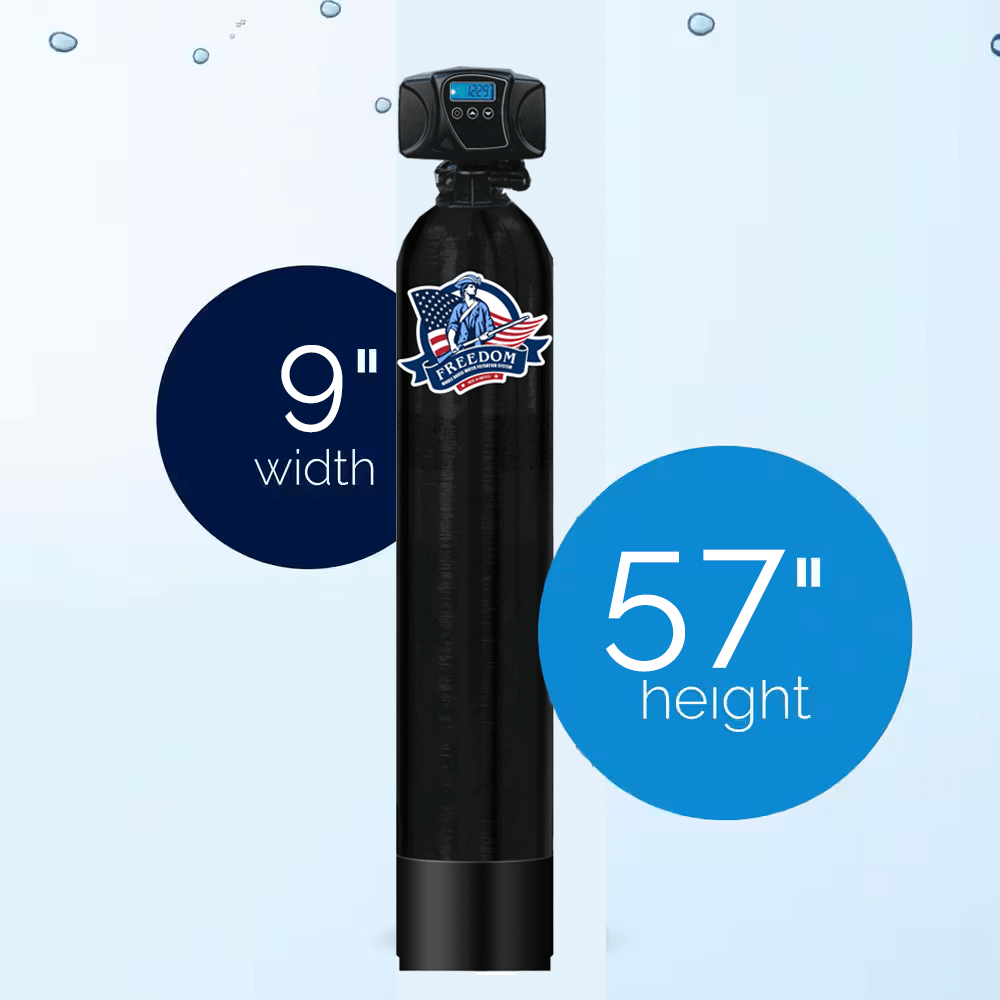-
(11-Stage) Reverse Osmosis Alkaline w/Quantum Disinfection™Regular price $1,495.00
$1,595.00Sale price -
Understanding Arsenic Contamination in Water
What is Arsenic?
Arsenic is a naturally occurring metalloid found in rocks, soil, and groundwater. While it is often present in trace amounts, prolonged exposure to high concentrations of arsenic in drinking water can be harmful to health. Arsenic contamination is colorless, odorless, and tasteless, making it undetectable without proper testing.
Health Risks of Arsenic
Long-term consumption of arsenic-contaminated water has been linked to serious health issues, including various forms of cancer (such as skin, lung, and bladder), cardiovascular disease, and neurological problems. Arsenic exposure can also cause skin lesions, developmental effects, and can impair the immune system.
How Does Arsenic Enter Water?
Arsenic is most commonly introduced into groundwater through natural deposits or agricultural and industrial activities. In certain regions, particularly those with mining activity or volcanic rocks, arsenic can seep into well water or private springs.
Solutions for Removing Arsenic
There are several effective methods for reducing arsenic in water:
- Reverse Osmosis: A highly effective filtration system that can remove arsenic along with other contaminants like lead and fluoride.
- Activated Alumina: This filter media has a strong affinity for arsenic, especially at a lower pH.
- Ion Exchange Systems: Designed to remove arsenic by exchanging harmful ions with less harmful ones, making it another great option for homes with high arsenic levels.
For households relying on well or private spring water, it’s essential to test water regularly and consider investing in an appropriate filtration system to ensure safe drinking water for your family.











